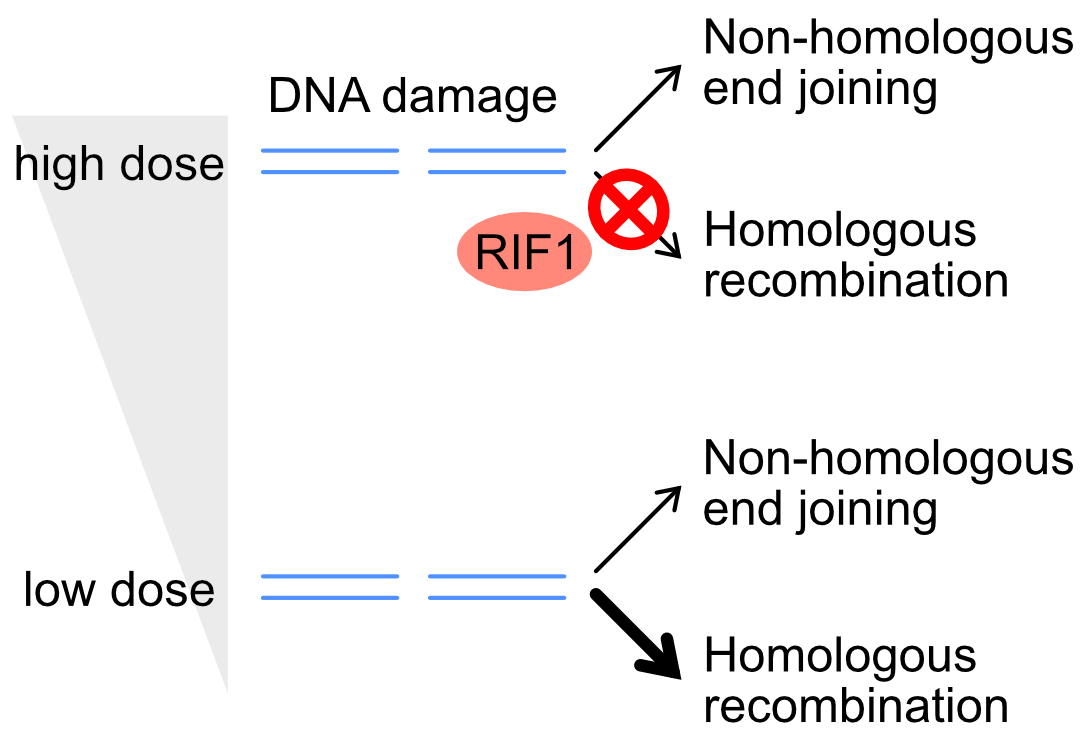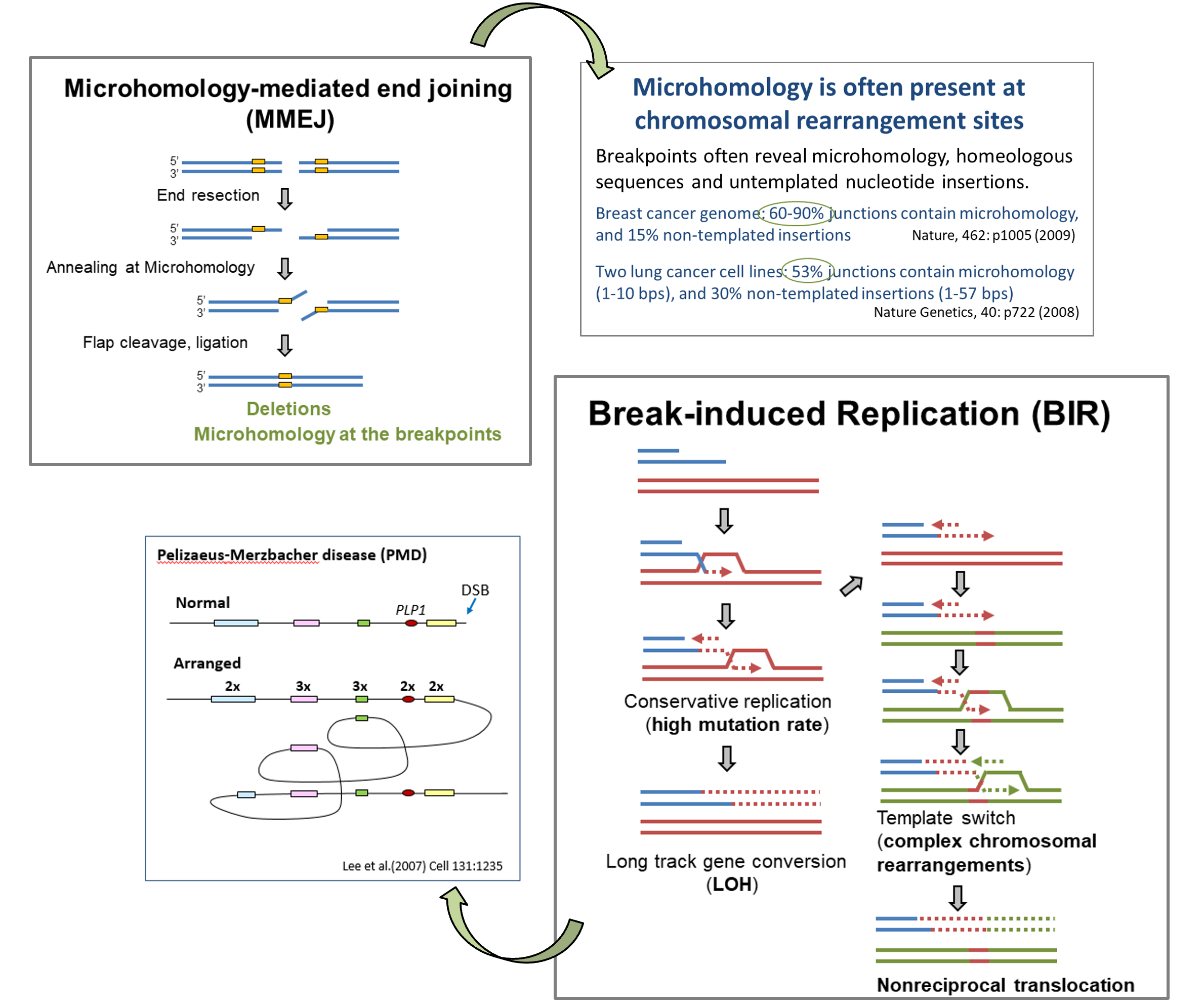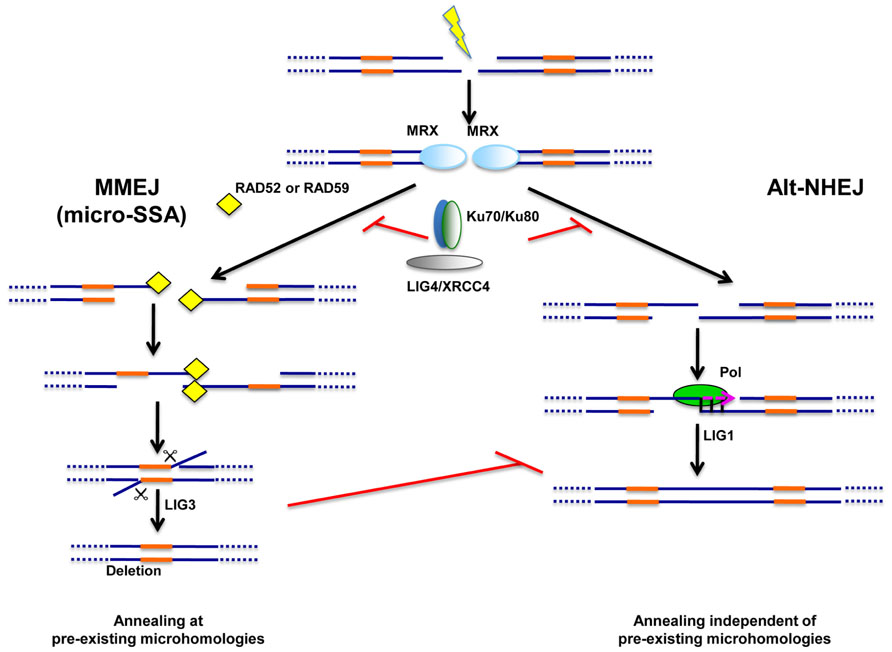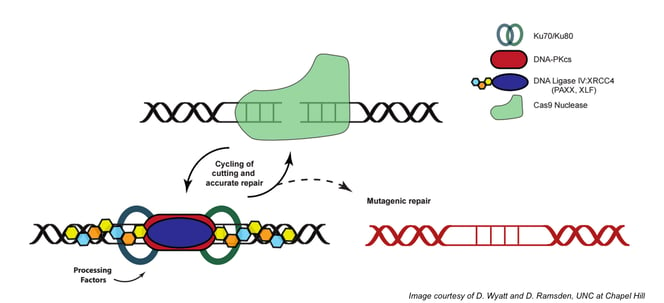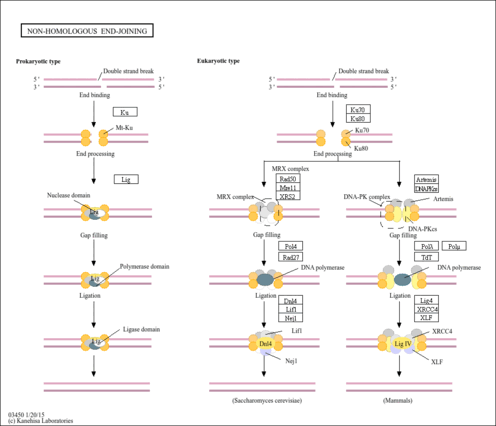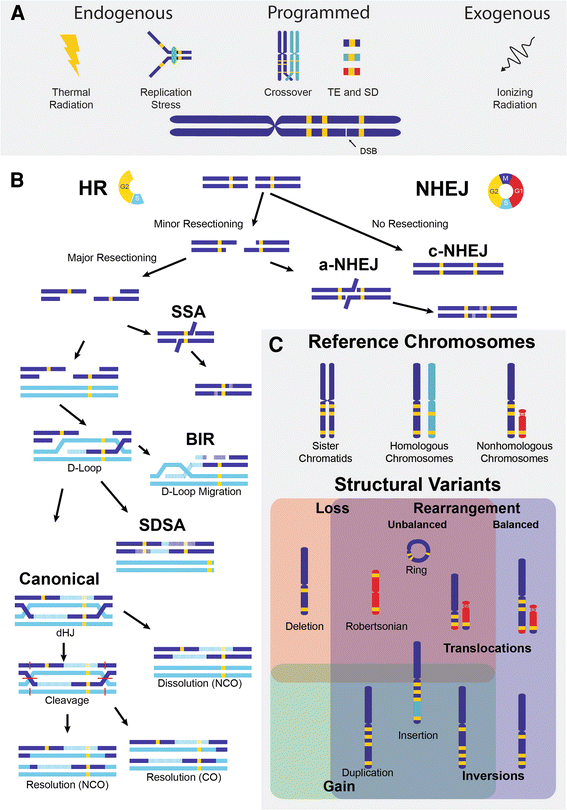
Alternative pathways of non-homologous end joining (NHEJ) in genomic instability and cancer - Dueva - Translational Cancer Research
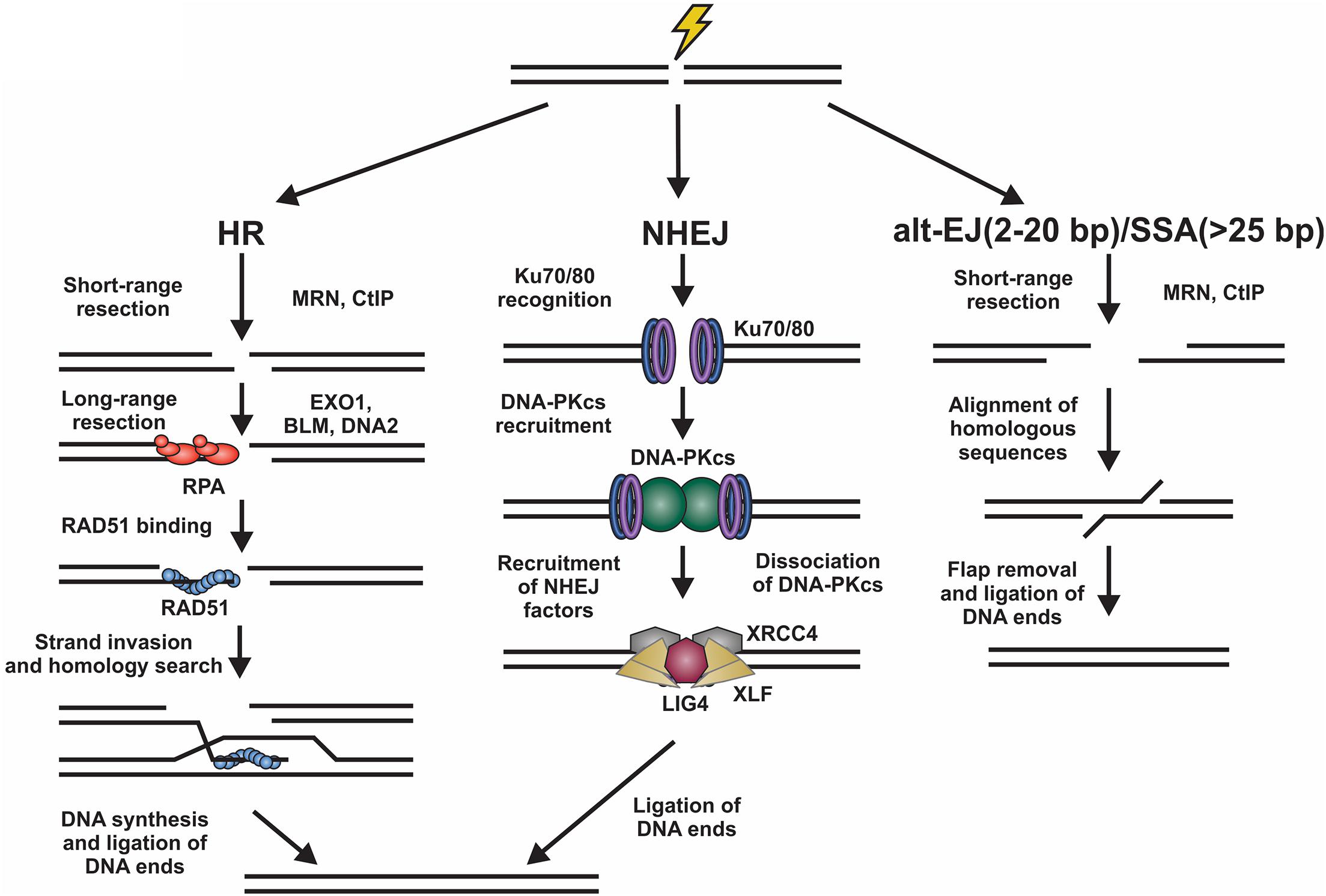
Frontiers | To Join or Not to Join: Decision Points Along the Pathway to Double-Strand Break Repair vs. Chromosome End Protection | Cell and Developmental Biology

General NHEJ Mechanism. (A) and (B). A DNA double strand break (DSB) is... | Download Scientific Diagram

Cancers | Free Full-Text | Alternative Non-Homologous End-Joining: Error-Prone DNA Repair as Cancer's Achilles' Heel | HTML

Quantitative Live Cell Imaging Reveals a Gradual Shift between DNA Repair Mechanisms and a Maximal Use of HR in Mid S Phase: Molecular Cell
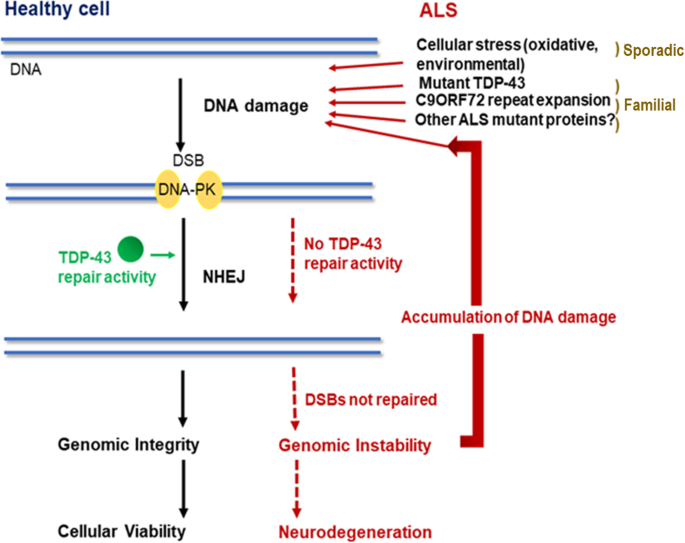
Impaired NHEJ repair in amyotrophic lateral sclerosis is associated with TDP-43 mutations | Molecular Neurodegeneration | Full Text
